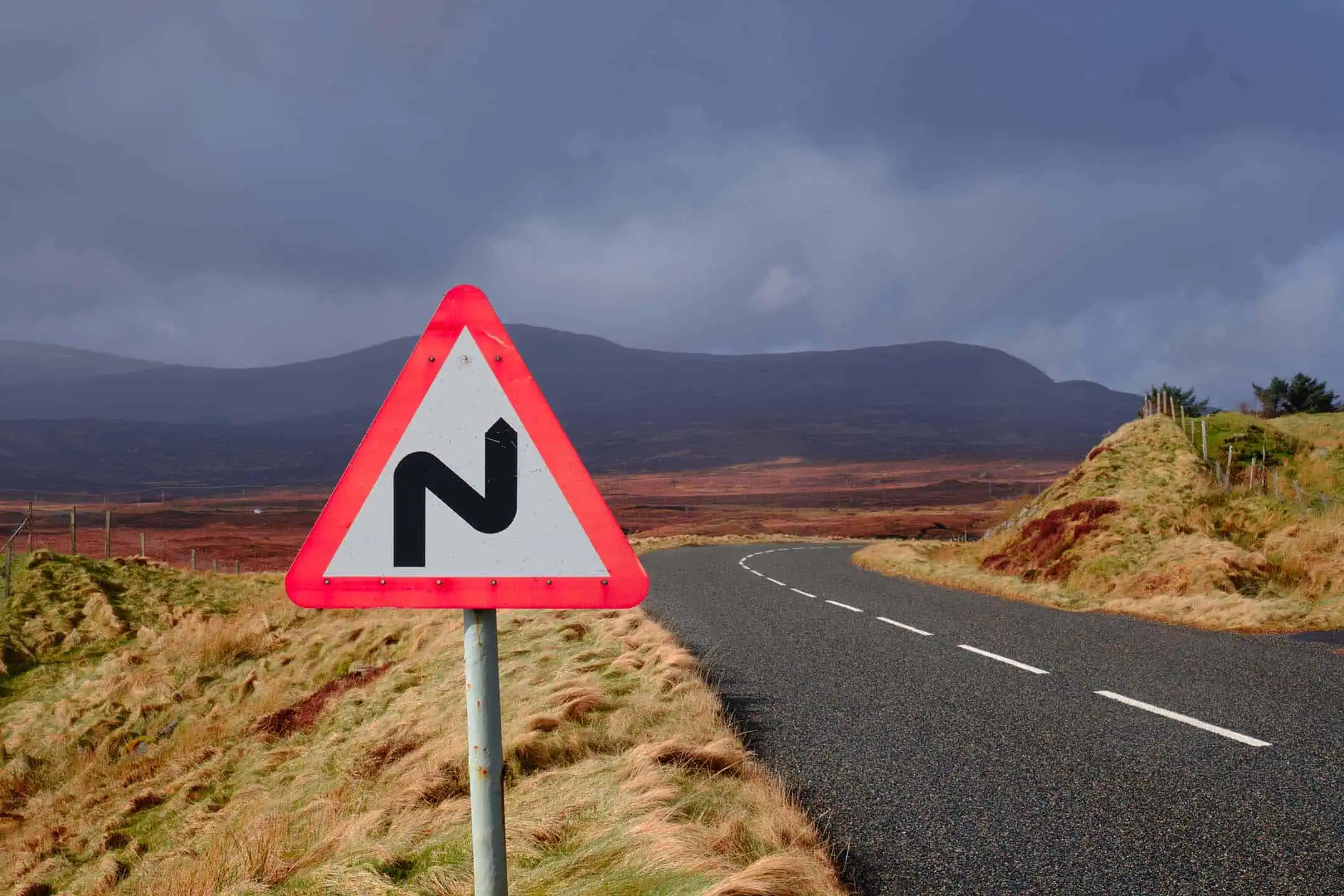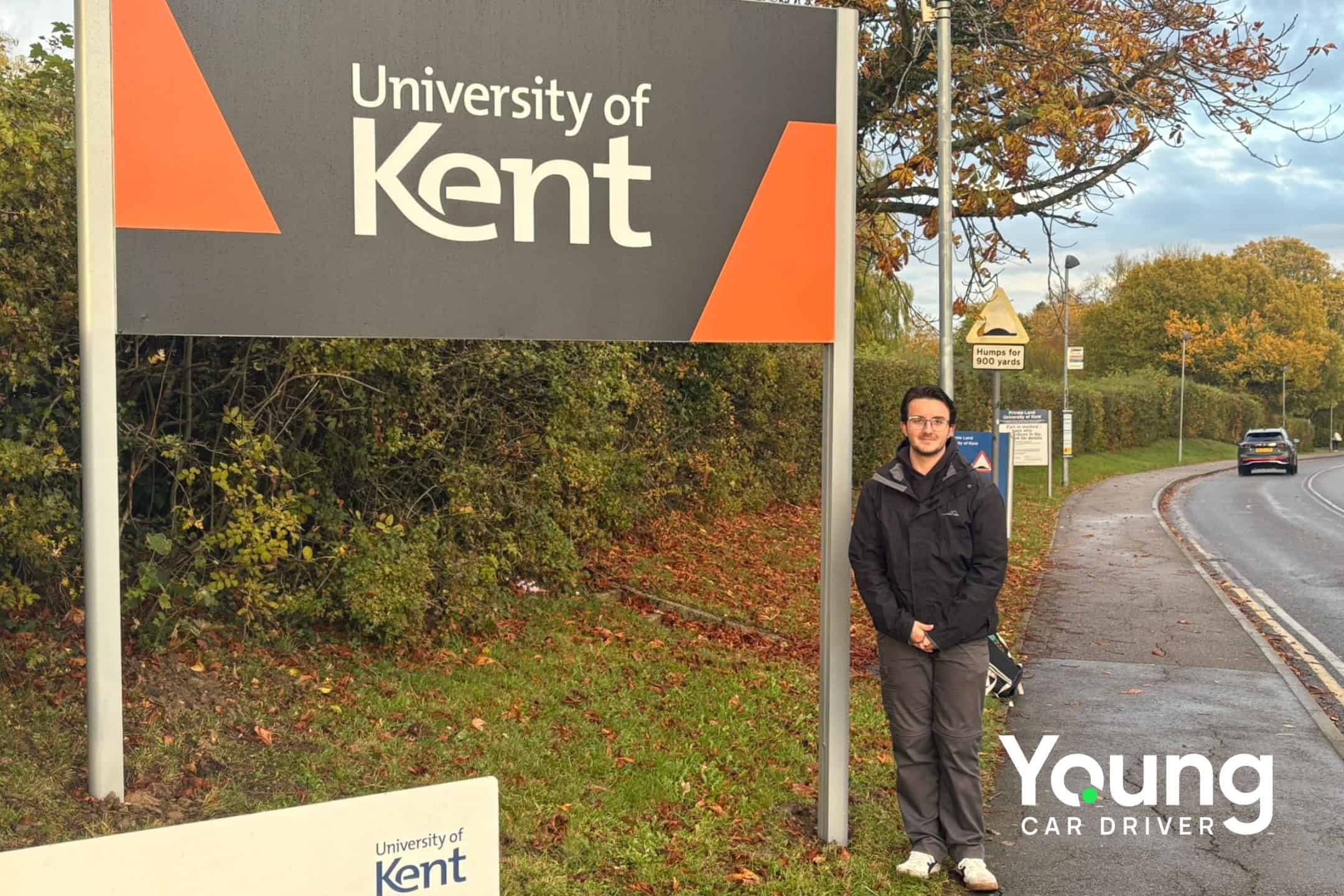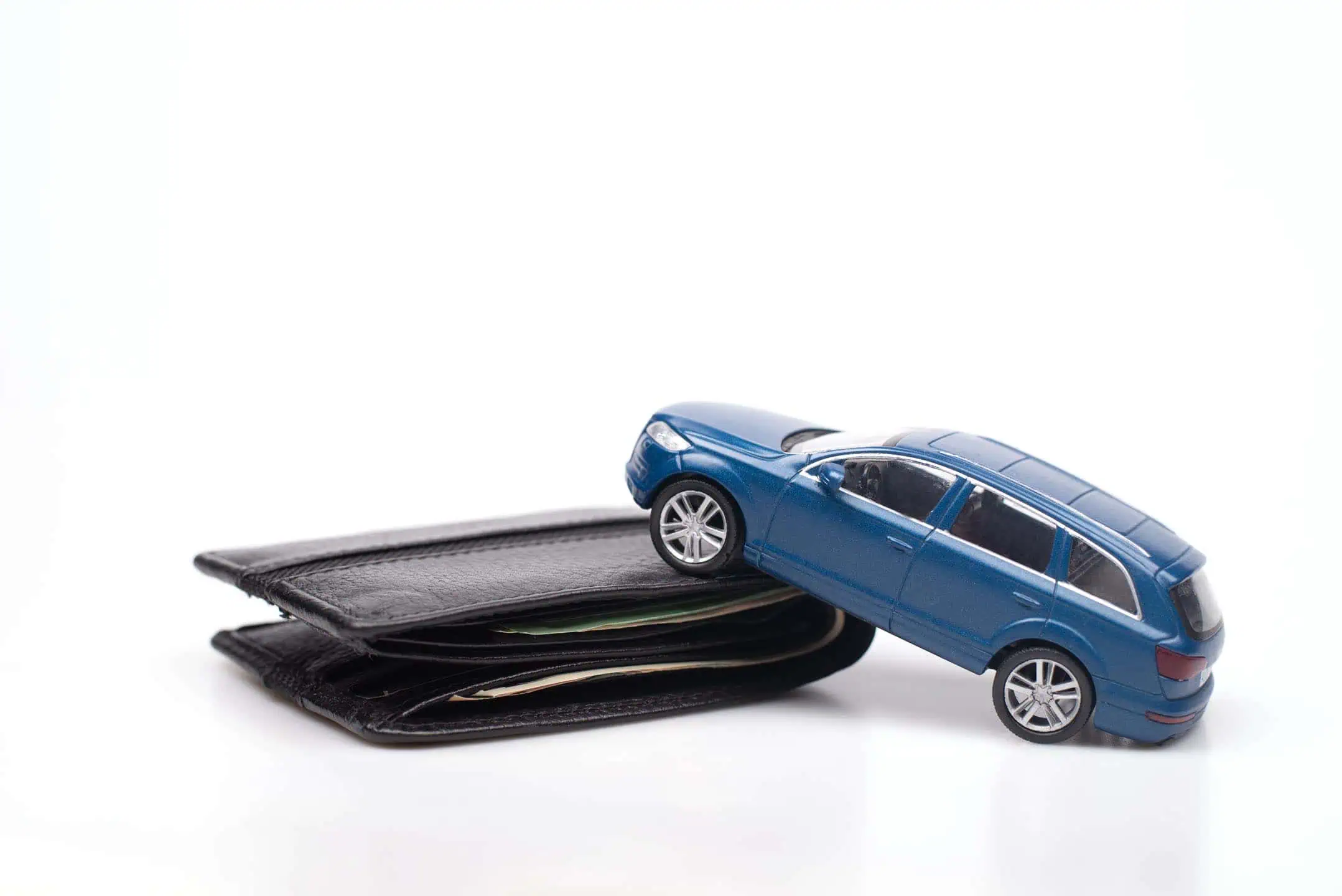Update 24 May 2022 – A proposal from DVSA to improve the availability and processes of the UK driving test.
Update good news for young drivers: the Department for Transport has cancelled the graduated driving licence scheme that would have restricted young drivers’ freedom.
The introduction of a Graduated driving licence scheme would have seen young drivers have restrictions imposed such as nighttime curfews and limits on passengers’ number.
Instead, the government will introduce a new structured driving lesson scheme geared, pardon the pun, to raise awareness of many young drivers’ issues.
Watch this space – We shall keep you up to date with the UK.GOV New Structured Driving Lesson Scheme.
Update on progress through parliament of the graduated driving licence
The Select Committee for Transport is to hold an evidence session on 2 September 2020 to look at how the Graduated driving licence could reduce the risk to young drivers on the road.
As a young person, learning to drive may be a little nerve-racking, but at least the process of applying for your provisional licence to taking your driving test is quite straightforward.
However, things could be about to change as the Government continues introducing the “Graduated driving licence.”

Graduated Driving Licences (GDL) – why are they needed?
The stats for the deaths of young adults on UK roads are pretty scary.
A graduated driver licence (GDL) is a system that allows new drivers to build up their driving skills and experience gradually, in well-defined, structured stages.
The Gov.UK numbers show that, while 17 to 24-year-olds make up only 7% of drivers, they are involved in 20% of serious and fatal road accidents.
UK Government data suggests those aged 17 – 24 are more than twice as likely to be involved in an accident as those aged 25-39. (‘The Road Safety Statement 2019: A Lifetime of Road Safety, Department for Transport)
That’s quite a chilling difference.
It’s no surprise then that there’s currently a major campaign underway to do something about it.
Solutions range from overhauling the learning to drive process and providing extra training to impose restrictions on what new drivers can do once they pass their test.
The Graduated Driving Licence is a resounding success in the US and Australia; graduated driving licences are now trialling in Northern Ireland.
Calls for GDL introduction across the UK have been growing.
But what could GDL mean for young people? And how likely are the UK to introduce them?
Let’s find out.
What is a Graduated Driving Licence?
A Graduated Driving Licence is the halfway point between a provisional driving licence and a full driving licence.
Once drivers pass their test, they’ll receive a Graduated Driving Licence, legally able to drive unsupervised, but with some restrictions.
They must hold that licence for twelve months before upgrading to a full driving licence.
Entirely what forms these restrictions will take is open to debate. However, they could include:
- A curfew on driving at night time and early morning hours (10 pm to 5 am).
- Prohibiting young drivers from carrying passengers under the age of 25.
- Banning all mobile phone use, including hands-free.
- A lower alcohol limit than for fully licenced drivers.
- Making it compulsory to display P-plates on your car.
- A ban on driving on motorways.
Alongside these proposals are suggestions to make the learning process more rigorous to ensure new drivers have reached a higher standard before driving unsupervised.
One idea is to introduce a mandatory 12-month learning and supervision period, starting at age 17.
With budding drivers required to clock up 120 hours of supervised driving either with an instructor or fully-licenced driver before taking their test.
Alternative proposals include increasing the minimum driving test age from 17 to 18 years-old.

What will GDL mean for young people?
Without a doubt, a Graduated Driving Licence will have a significant impact on the freedoms of young people as they learn to drive and once they’ve passed their test.
However, the evidence shows that GDL has been hugely effective at reducing crashes and, ultimately, fatalities among young people.
The restrictions on certain driving types will mean young drivers get the chance to hone their skills behind the wheel before being exposed to higher-risk driving situations, such as motorways or driving in the dark.
Meanwhile, measures to limit passenger numbers and banning hands-free mobile phones are designed to reduce car distractions. Distractions being some of the most common causes of collisions.
What success is there with Graduated driving licences in other countries?
You only have to look at countries that have already introduced Graduated Driving Licences to understand their success.
The USA, Canada, Australia, New Zealand and Sweden, among many others, all have GDL in one form or another.
For example, let’s take New Jersey, which became one of the first US states to introduce a Graduated Driving Licence for young drivers in 2001.
Nine years after its introduction, crash rates relative to drivers aged 25 to 59 for 17 and 18-year-olds were down by 16% and 10%, respectively. And this was ahead of any restrictions being brought in on nighttime driving or passenger numbers (although these came later).
Before introducing the Graduated Driving Licence, New Jersey ranked 45th out of all 50 US states for fatal crash rates. By 2010 they were down to 21st.
Thinking more widely, a study in 2006 revealed that, as a proportion of all driver deaths in Britain, the percentage of young drivers killed per total drivers killed was 2.9 times greater than the proportion of young people in the population.
This figure is shocking when compared with the same statistic in countries that had introduced a Graduated Driving Licence, such as New Zealand (1.9), Canada (2.2), Australia (2.2) and the USA (2.4).
Young Drivers: The Road to Safety, 2006, Organisation for Economic Co-operation and Development, https://www.oecd.org/itf/37556934.pdf
What are the arguments against Graduated Driving Licences?
Of course, a reduction in fatalities isn’t the only effect that Graduated Driving Licences will have.
There is understandable concern about how it will affect other aspects of young people’s lives, too.
Nighttime driving restrictions, for example, will stop many young people from taking jobs that rely on their ability to travel during the later hours, such as at bars and restaurants.
They would also be unable to work in some jobs altogether, like taxis and emergency vehicles.
While the implications on young people’s social lives – and the businesses they support – can’t be ignored, either.
Introduction of the Graduated Driving Licence would hit those living in rural areas the hardest. Because of their more limited access to public transport.
Simultaneously, restrictions on passenger numbers will also clash with the government’s ongoing efforts to encourage car-sharing to manage pollution and traffic.
Most of all, though, Graduated Driving Licence restrictions are bound to be frustrating for the many young people in the UK that are not unsafe drivers and who may, therefore, feel discriminated against unfairly.
When will the Graduated Driving Licence be implemented in the UK?
The Graduated Driving Licence has long been on the list in the UK. However, it’s only recently that it’s started to look close to becoming a reality.
In 2019, the Government published several proposals to improve Britain’s roads’ safety, with the Graduated Driving Licence among them. As of yet, there are no firm conclusions.
However, it looks like decisive action is only around the corner.
What decision they come to will partly rely on the outcome of an ongoing independent research project into driver safety in the UK, ‘Driver 2020’.
Reviewing potential measures, ‘Driver 2020’ aims to improve safety on the road among young drivers. It takes into consideration educational, training and technology-based approaches, alongside Graduated Driving Licences.
Also, last year, Northern Ireland launched a scheme to introduce Graduated Driving Licences across the country.
Seen by many as a pilot initiative, NI’s success could play a vital role in determining whether or not GDL gets rolled out across other parts of the UK.
Many commentators had been expecting a decision on Graduated Driving Licences to see the light of day sometime in 2020.
The Transport Select Committee was to meet over the spring to discuss measures to improve road safety, with Graduated Driving Licences firmly on the proposals.
However, following the global outbreak of COVID-19 and the Government’s response to it, the Select Committee GDL final evidence is as yet not reported.
Final thoughts
The number of fatalities among young people in the UK due to driving is devastating.
With several initiatives currently underway to explore different options, the Government appears primed to do something about it.
The question now, though, is what form of action will the Government take?
We believe it’s only a matter of time before Graduated Driving Licences introduced across the UK’s whole in one form or another.
With plenty of examples internationally to choose from as successful case studies, it’s hard to doubt their effectiveness. And with trials already underway in Northern Ireland, it’ll be hard to argue with their compatibility with the UK’s way of life.
However, crucial input must happen to find ways of alleviating the social and professional challenges that these measures will bring to young people.
The role that Graduated Driving Licences could play in preventing death among young people on the road cannot be ignored for much longer.
So, while COVID-19 may have put the brakes on the campaign for Graduated Driving Licences, for now, expect to see some significant changes coming in the next few years.
How far these restrictions will go remains to be seen. But don’t worry, Young Car Driver will be with you every step of the way.
Remember, there are already available measures you can take to improve your driving and prepare you for life on the road, such as Pass Plus. Click here to find out more.




